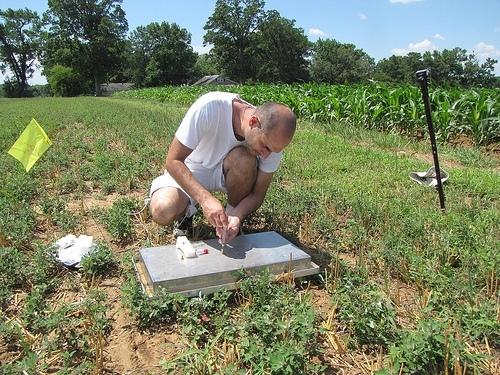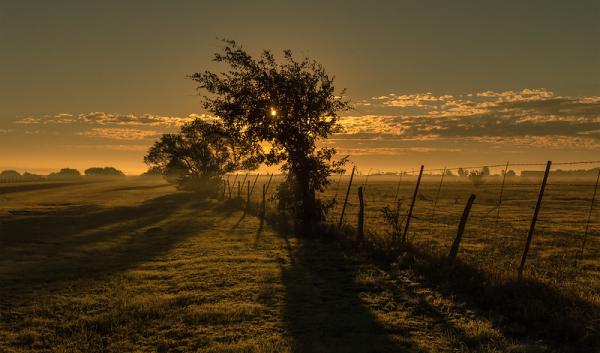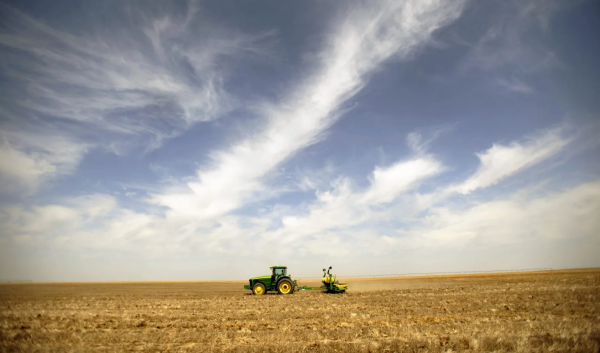Greenhouse Gases
 In 2013, total U.S. greenhouse gas emissions measured 6,673 million metric tons of carbon dioxide equivalents (MMT CO2 eq.), rising 5.9 percent from 1990 estimates from the EPA. Global concentrations of the three most important long-lived greenhouse gases (GHG) in the atmosphere have increased measurably since the onset of the Industrial Revolution in 1750. Agriculture and forestry practices may either contribute to or remove GHGs from the atmosphere. Agriculture and forestry have contributed to GHGs in the atmosphere through cultivation and fertilization of soils, production of ruminant livestock, management of livestock manure, land use conversions, and fuel consumption. (Source: U.S. Agriculture and Forestry Greenhouse Gas Inventory: 1990-2013)
In 2013, total U.S. greenhouse gas emissions measured 6,673 million metric tons of carbon dioxide equivalents (MMT CO2 eq.), rising 5.9 percent from 1990 estimates from the EPA. Global concentrations of the three most important long-lived greenhouse gases (GHG) in the atmosphere have increased measurably since the onset of the Industrial Revolution in 1750. Agriculture and forestry practices may either contribute to or remove GHGs from the atmosphere. Agriculture and forestry have contributed to GHGs in the atmosphere through cultivation and fertilization of soils, production of ruminant livestock, management of livestock manure, land use conversions, and fuel consumption. (Source: U.S. Agriculture and Forestry Greenhouse Gas Inventory: 1990-2013)
-
Dealing with high input costs or climate change? Why not do both?
When you work on climate change issues and agriculture, you never know what you’re going to get hit with when you go to…
-
Using Woody Biomass for Fuel and Energy in the Northwest
Leftover wood from harvest and fuel treatments can be a sustainable source of energy in the Northwest.
-
Agricultural Biomass for Biofuel
Biofuels created from food waste and non-food crops in the Northwest have the potential to support sustainable forms of…
-
Biofuel Production
A description of the various processes to make biofuel and the type of fuel each process makes.
-
Cost-effective strategies to Reduce Agricultural Greenhouse Gases
Crop and livestock production lead to the unintentional release of greenhouse gases. Now, farmers can do something…
-
Following Nutrient Management Guidelines can Help to Reduce Nitrous Oxide Emissions
Nutrient management guidelines have largely been developed to protect water quality, but practices that improve…
-
Forests: A Carbon Cycle Checking Account
Forests influence atmospheric greenhouse gas levels in ways most people don’t think about. Scientists describe this as…
-
Considerations on GHG reduction and carbon sequestration in forests
In 2016 the Northern Forests Climate Hub and the Forest Climate Working Group came together to identify opportunities…








